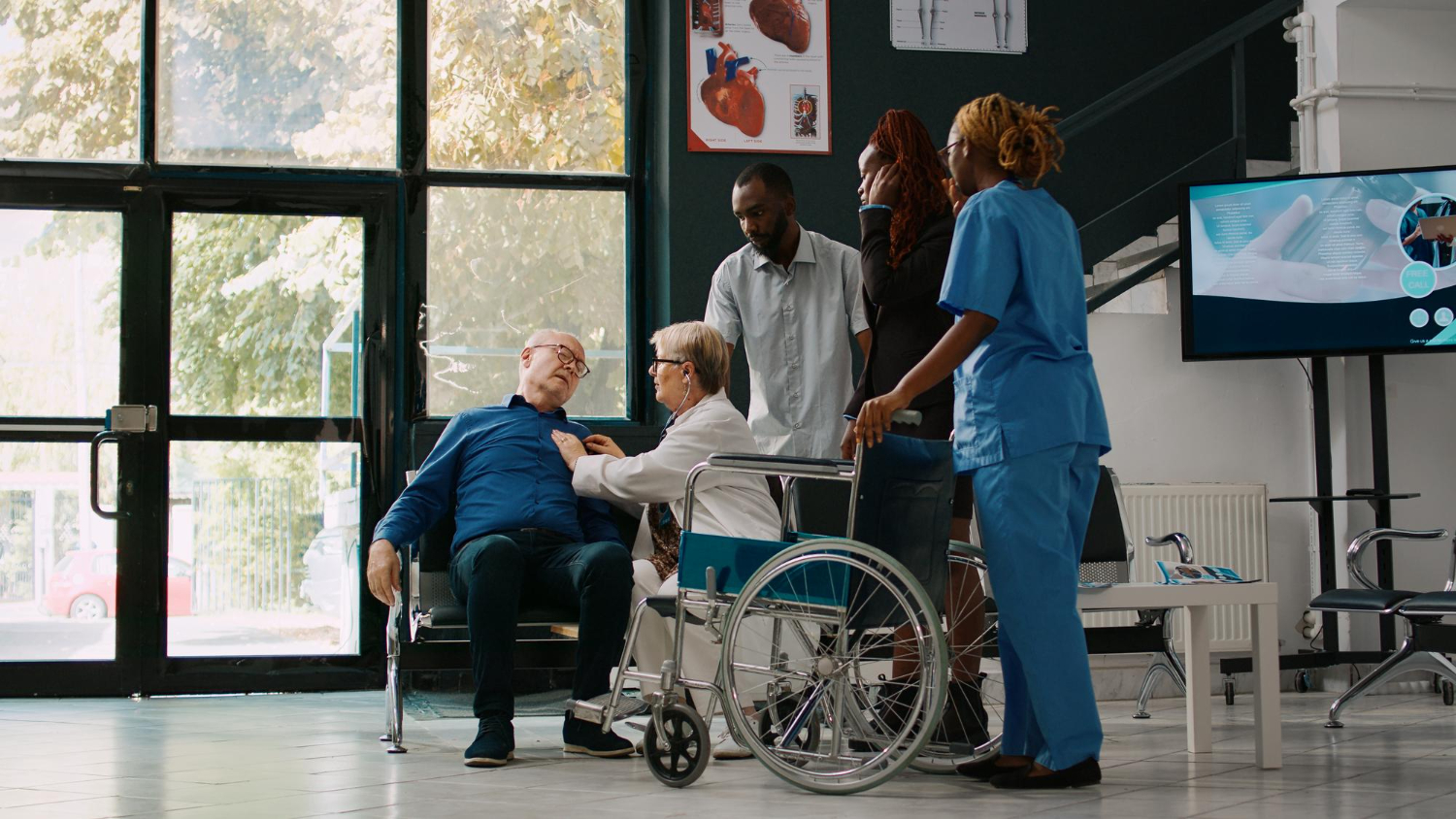
Sale Overview
West Virginia has officially announced the $60 million sale of four state-owned healthcare facilities to Marx Development Group (MDG), a New York-based company specializing in long-term senior care. Governor Patrick Morrisey revealed this landmark decision during a press conference at the State Capitol Building, marking the end of a comprehensive evaluation process that has been years in the making.
The healthcare facilities sale represents a significant shift in West Virginia’s approach to state-operated medical services, moving from public to private management to address mounting financial challenges and infrastructure needs.
The Buyer: Marx Development Group
Marx Development Group brings substantial experience to West Virginia’s healthcare landscape. Based in Fresh Meadows, New York, this real estate development company operates an extensive network of long-term care facilities across multiple states.
MDG’s Portfolio and Experience
MDG currently manages 55 properties serving over 5,000 licensed beds across five states: Indiana, Michigan, New York, Ohio, and Kentucky. The company operates several subsidiary organizations, including:
- Majestic Care
- Boulevard Home Care Associates
- Boulevard ALP Assisted Living
Governor Morrisey praised MDG’s track record, emphasizing their patient-oriented approach and proven effectiveness in managing similar healthcare facilities throughout the region.
Financial Impact and Cost Savings
The West Virginia hospital sale addresses significant financial burdens facing the state. The four long-term care facilities currently operate at a combined $6 million annual loss, with projections indicating costs could escalate to nearly $40 million per year without intervention.
Capital Investment Requirements
Beyond operational losses, these facilities require substantial infrastructure improvements estimated at $100 million for necessary updates and renovations. The state’s financial analysis revealed that even with this investment, long-term operating costs would continue rising without substantially improving patient care quality.
Contract Nursing Expenses
According to the West Virginia Legislature’s Post Audit Division, the state spent approximately $284.2 million on contract nursing across all seven state-owned hospitals between fiscal years 2015 and 2023. In fiscal year 2023 alone, more than $11 million was allocated to contract nursing at the four long-term care hospitals being sold.
Facilities Included in the Sale
The healthcare facility transaction encompasses four strategically located properties across West Virginia:
Preston County
- Hopemont Hospital – Serving the northern region of the state
Raleigh County
- Jackie Withrow Hospital – Located in southern West Virginia
Marion County
- John Manchin Sr. Health Care Center – Central state location
Mason County
- Lakin Hospital – Western region facility
These facilities collectively maintain 511 licensed beds, though actual operational capacity has been significantly reduced due to staffing challenges.
Infrastructure Investment Plans
MDG has committed to substantial healthcare infrastructure investment in West Virginia. The company plans to construct three to five new healthcare facilities to replace the aging infrastructure at the purchased locations.
Modernization Benefits
The new facilities will feature:
- Modern medical technology
- Enhanced patient care capabilities
- Improved operational efficiency
- State-of-the-art equipment
This modernization effort is expected to create additional employment opportunities while significantly improving healthcare services for West Virginia residents requiring long-term care.
Staffing Challenges and Capacity Issues
Nursing shortages have severely impacted these facilities’ operational capacity. Legislative auditors found that in August 2023, only 202 beds were operationally available out of 452 licensed beds due to understaffing.
Capacity Discrepancies
The most significant capacity reduction occurred at Jackie Withrow Hospital, where the operational bed capacity was 145 beds lower than licensed capacity. This staffing crisis has substantially reduced the number of patients these facilities can serve simultaneously.
Legislative Background
The sale authorization stems from House Bill 2006, passed in 2023, which restructured West Virginia’s healthcare administration. This legislation divided the former Department of Health and Human Resources (DHHR) into three separate departments:
- Department of Health
- Department of Human Services
- Department of Health Facilities (DHF)
The DHF secretary received authority to sell facilities under departmental supervision. In July 2024, DHF contracted with Lument Securities LLC to develop a comprehensive sales plan ensuring uninterrupted patient care during the transition.
Political Response and Concerns
While the sale has official support, some legislators express concerns about the healthcare privatization. Previous attempts to sell individual facilities faced resistance, including a failed 2021 bill to sell John Manchin Sr. Health Care Center.
Legislative Concerns
State Senator Mike Oliverio, R-Monongalia, emphasized his primary concerns:
- Patient care continuity
- Staff retention and compensation
- Fair treatment of public employees
- Quality assurance for residents and families
Future Implications
Governor Morrisey views this healthcare facility privatization as part of broader government efficiency initiatives. The sale aligns with his administration’s goal to eliminate inefficiencies and refocus state government on core functions.
Long-term Benefits
The transaction is expected to:
- Reduce state healthcare spending
- Improve patient care quality
- Create private sector employment
- Modernize healthcare infrastructure
- Enhance operational efficiency
This strategic move positions West Virginia to address healthcare challenges while reducing taxpayer burden and improving service delivery through private sector expertise and investment.
The Marx Development Group acquisition represents a significant transformation in West Virginia’s healthcare landscape, promising modernized facilities and improved patient care while addressing longstanding financial and operational challenges facing state-owned healthcare facilities.

Leave a Reply